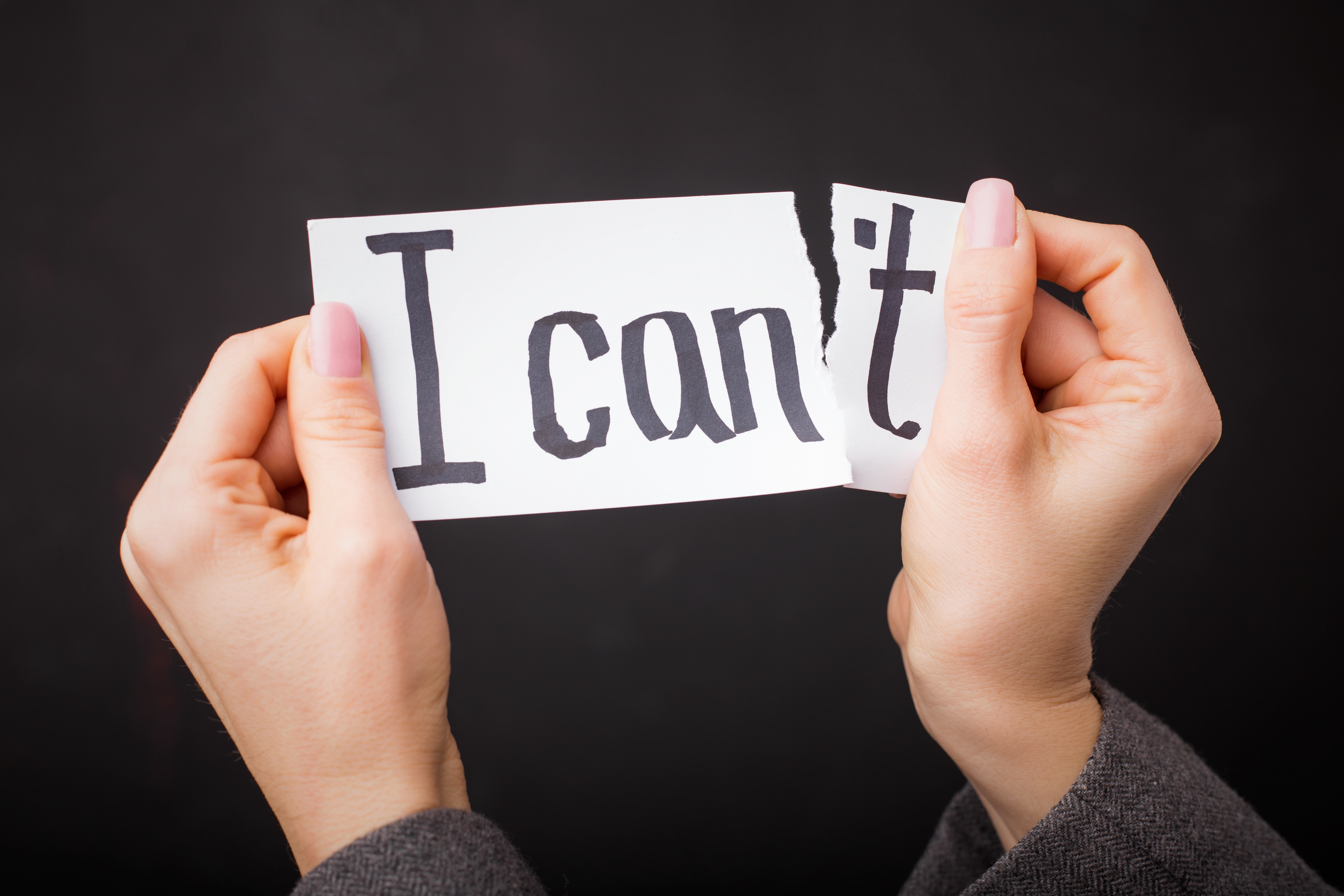When I first moved to the United States, I hadn’t quite mastered the English language. When I met one of my new neighbors, a pastor in his 70s, I asked, “Larry, do souls have sex?” He was quite surprised by my question, and didn’t know how to respond. I was equally puzzled by his astonishment. All I was trying to identify was whether he thought that souls had a gender.
Right intention, wrong question!
The same thing happens in health promotion. We wellness professionals of all kinds, ask ourselves, “how do I get my participants to move more and eat better” when we should really be asking “how do I help my participants believe in themselves?” No one will stretch themselves to get in better shape if they don’t first believe that they have the ability to do so and that they are worth the effort.
One of my favorite quotes is by thought leader and motivational speaker Simon Sinek.
Great leaders give everyone something to believe in; not something to do.
So let me ask you: Is the primary goal of your wellness program to help your participants believe in themselves, or are you simply giving them a bunch of things to do?
We can do better than to ask them to walk a certain number of steps, exercise a certain number of minutes each week, or eat so many servings of fruit and veggies. We can provide inspiration, and contribute to building self-confidence. When participants believe in who they are, in their ability to reach goals and in the value they bring to the world, they are more likely to be successful with food and exercise campaigns.
So, how can you help participants believe in themselves?
- Help them identify their strengths, and see how these serve the world around them. A great service is the VIA Signature Strengths test, which you can find at http://viasurvey.org. Allocate about 40 minutes and give it a try. Don’t overthink any of the questions. Once you get the results for your top 5 strengths, ask yourself how these strengths are manifested through your work and life. Who benefits? How? What would be missing for the beneficiaries should they no longer have you around to bring these benefits about?
- Instill a culture of gratitude, so their contributions are recognized and celebrated. You can get started by enticing managers to begin or end each meeting by thanking someone, starting a “thanks of the week” newsletter, or run a gratitude campaign.
- Ask your participants to spend 15-20 minutes writing about their best possible future selves, and to repeat this several times over a 4-week period. This exercise is about identifying their most important and meaningful goals – not just goals about what they’ll do or have, but more importantly, whom they aspire to be. Then ask your participants to act in accordance to this version of their lives. What’s one thing they can do this month, this week, or even today to get a little bit closer to their goals? What’s one word they can use to inspire and guide their decisions, attitudes and actions that’s well aligned with whom they are, at their best?
Wellness programming should help everyone believe in their ability to be a better version of themselves. Pure and simple!

